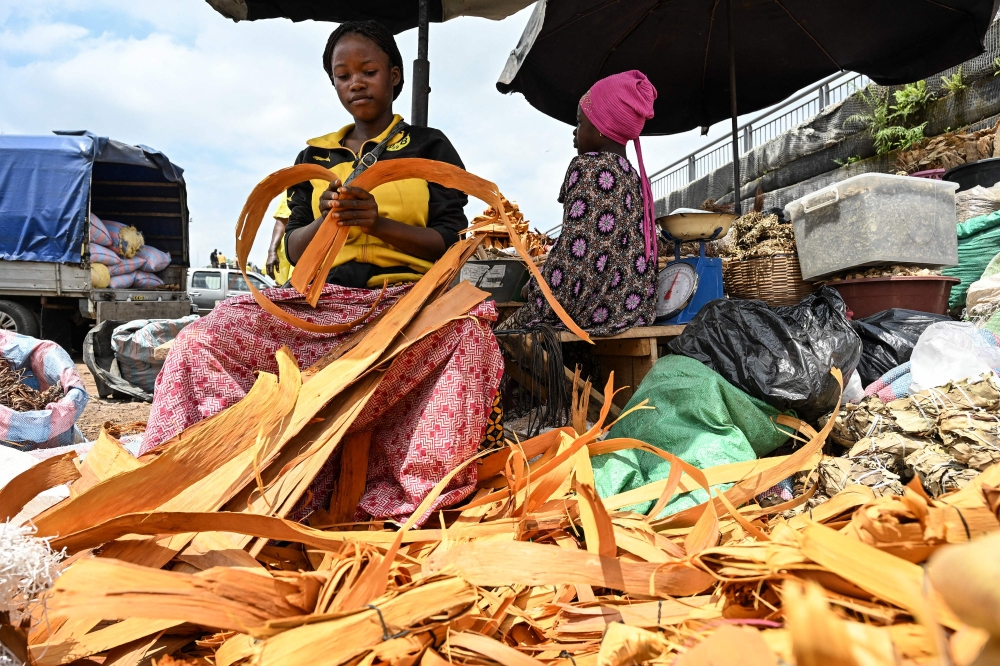The New Era of Global Health Austerity: A Wake-Up Call
In recent months, a concerning shift in global health funding has emerged, driven primarily by sweeping cuts in foreign aid from major nations, particularly the United States. A new study published in The Lancet elucidates this disturbing trend, suggesting that international health funding is set to hit its lowest levels in 15 years. This alarming development ushers in what experts are calling a new “era of global health austerity.”
The Scale of Reductions
In 2021, global health aid peaked at a staggering US$80 billion, a direct response to the COVID-19 pandemic that necessitated increased support for public health systems. However, projections indicate that this figure will plummet to approximately US$39 billion by the end of this year. This drop is not just a minor recalibration but represents a significant reduction that has not been seen since 2009.
The driving force behind these cuts has been the administration of U.S. President Donald Trump, which slashed global health funding by at least 67% in 2025 compared to the previous year. Other countries have followed suit; the United Kingdom decreased its aid by nearly 40%, while France and Germany saw reductions of 33% and 12%, respectively. This pattern raises serious questions about the future of health funding for vulnerable populations worldwide.
The Impact on Vulnerable Regions
Sub-Saharan African nations are poised to feel the brunt of these cuts most acutely. Countries such as Somalia, the Democratic Republic of the Congo, and Malawi, where international aid accounts for a significant portion of healthcare funding, are particularly at risk. With these drastic reductions, essential health services that rely heavily on foreign support may face devastating disruptions.
The implications of these cuts are profound, particularly in the realm of disease prevention and treatment. Areas severely impacted include the fight against diseases like HIV/AIDS, malaria, and tuberculosis. The reduction in funds not only hampers existing treatment options but could also lead to a resurgence of these diseases, which had seen significant progress in recent years.
A Call to Action from Experts
The Institute for Health Metrics and Evaluation, the U.S.-based research group behind this study, is ringing the alarm bell for urgent action. Researchers emphasize the necessity for countries to revamp their approach to international health aid. They underscore that governments must explore alternative funding sources to offset the effects of dwindling aid.
Experts are advocating not only for increased financial commitments from wealthier nations but also for innovative solutions that engage the private sector and harness philanthropic support. The urgent need for renewed investment in global health is becoming increasingly clear as nations gather for critical discussions, such as the ongoing international conference on HIV science in Kigali, Rwanda.
The Human Cost of Cuts
The ramifications of these funding shortfalls could be catastrophic. A separate study published in The Lancet recently estimated that U.S. foreign aid cuts alone could lead to more than 14 million preventable deaths by the year 2030. To put this into perspective, this mortality figure is comparable to the total military casualties from World War I, a stark reminder of the potential human cost associated with funding decisions.
These estimates paint a vivid picture of the stakes involved in the global health landscape. With millions of lives hanging in the balance, the dialogue surrounding health funding becomes not just a bureaucratic conversation but a moral imperative.
By understanding the intricacies of this emerging crisis, we can better appreciate the complexities of global health governance and the urgent need for collective action. As the world grapples with these realities, the hope lies in the ability of nations to rise to the occasion and restore health funding to levels that reflect the needs of the most vulnerable populations.


